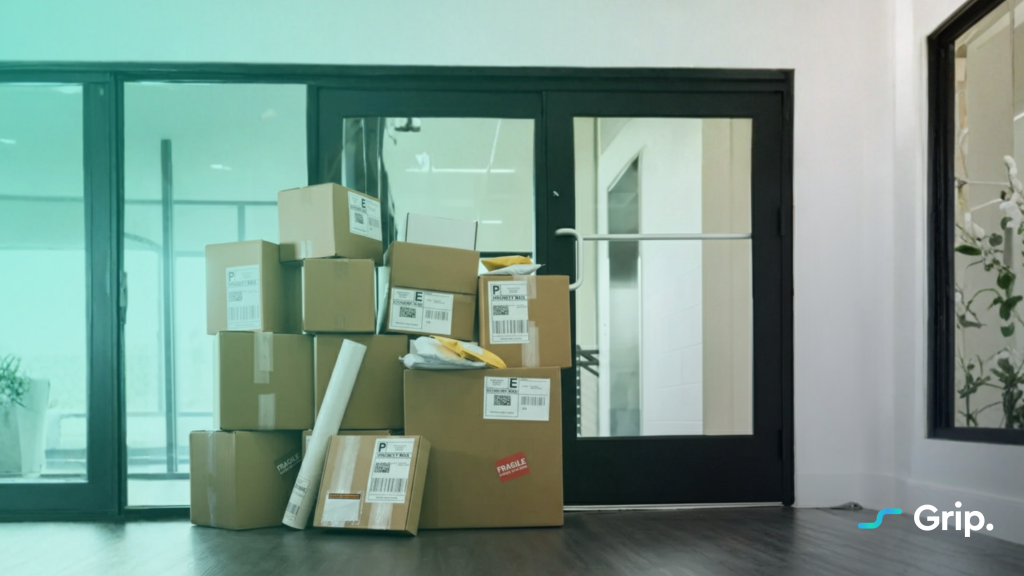For decades, the growth playbook of consumer packaged goods (CPG) was clear: earn shelf space in major retailers, optimize promotions, and scale via mass distribution. But the market is shifting. The fastest-growing CPG brands are increasingly building direct relationships with consumers — owning first-party data, controlling brand experience, and shipping directly to doors.
This transition is particularly potent in cold-chain categories (frozen meals, refrigerated snacks, pet nutrition), where temperature, delivery speed and customer experience matter more than ever.
The next generation of CPG brands won’t just rely on retail: they’ll build, grow and scale via DTC (direct-to-consumer). Here’s why, backed by the numbers.
Why the shift to DTC is increasingly important for CPG
Consumer expectations & brand loyalty are evolving
Consumers today expect convenience, transparency, and personalized experiences. According to a report by Salesforce, 92% of CPG leaders say they’re leaning into data and direct-to-consumer models to drive profitable growth.
When consumers expect the brand to deliver experience (not just product), DTC becomes a strategic imperative.
Online growth outpacing traditional retail
E-commerce’s growth in CPG is significant. According to a 2024 report, the global CPG market (encompassing food & beverage, personal care, etc.) was valued at approximately $5.3 trillion in 2023 and is expected to reach about $6.98 trillion by 2032. Within that, e-commerce in CPG is expected to grow three times faster than in-store shopping, and to make up about 15% of the overall CPG market by 2032.
Meanwhile, a DTC-specific market report found that the global DTC market sized ~US$275 billion in 2024, with expectations to reach around US$550 billion by 2033 (CAGR ~7.8%).
And in North America, 58%+ of supply chain respondents expect DTC to account for more than half of their overall sales by 2026.
DTC offers margin, data & control advantages
When brands sell directly to consumers, they reduce reliance on intermediaries (retailers/wholesalers), gain higher margin potential, and (critically) collect first-party consumer data. This control enables subscription models, brand loyalty, and better cost of acquisition over time.
It’s said brands with DTC models are better positioned to personalize, control their experience and build loyalty. Even smaller CPG brands are embracing this route because the economics and consumer connection are better.
Real-world data: CPG companies shifting strategy
In the 2024 survey of CPG executives by KPMG, firms indicated that volume growth (as opposed to just price growth) is their top priority for the next 12 months.
Also, many CPG incumbents are entering or expanding their DTC initiatives: acquiring DTC brands, launching direct-to-consumer platforms, or investing in fulfillment/operations aligned with DTC.
Frozen and refrigerated DTC: why it’s heating up
The direct-to-consumer wave isn’t just changing how people buy skincare or supplements, it’s transforming how we shop for frozen and refrigerated foods, too.
A few numbers paint the picture:
- The global frozen food market was valued at US $310.77 billion in 2024 and is projected to reach ~US $457.34 billion by 2032, growing at a CAGR of about 5.0%. (Fortune Business Insights, 2024)
- Within that, the DTC frozen family meals niche is gaining real traction, estimated at ~US $7.2 billion in 2024 and projected to hit US $14.2 billion by 2033, expanding at a CAGR of approximately 8.4%. (Growth Market Reports, 2024)
So why does this matter for emerging brands?
- Control: Selling direct means you manage the entire cold-chain experience, from how products are packed to how they land on a customer’s doorstep.
- Convenience: Consumers are embracing subscriptions and recurring deliveries for everything from meal kits to pet food. Frozen and refrigerated DTC fits perfectly into that behavior.
- Differentiation: Freezer space in retail is expensive and limited. Selling direct lets brands reach more customers without fighting for shelf space, while still delivering a premium experience.
What this means for brand founders & operations teams
If you’re building or scaling a CPG brand here are the key implications:
- Own the consumer relationship: If you rely solely on retail distribution you miss margin, data, and experience control leverages. DTC gives you direct access to your customer.
- Fulfillment = brand experience: It’s no longer enough to nail marketing and product. How your product arrives matters: speed, condition, packaging, ease of reorder. That last touchpoint shapes loyalty.
- Invest early in data & operations: Selling direct gives you first-party insights into why someone reordered, what triggered a churn, packaging/messaging impact, etc. Use those insights to iterate product, experience, logistics.
- Logistics must support growth: Especially in the frozen and refrigerated segment, you need logistics that support freshness, efficient packaging, dynamic carrier routing, and a strong customer delivery experience. This is where you start seeing your fulfillment operations as not just a cost, but critical growth infrastructure.
- Retail can still play a role, but on your terms: Retail distribution is still valuable for brand reach/discovery. But think of DTC as the engine and retail as the amplifier. Some brands may reverse that order; others may do both. Your strategy should reflect where margin, data, experience and scale align for you.
To conclude
The next generation CPG brands will ship DTC. Not because retail is dead ( very far from it), but rather because consumer expectations, supply-chain economics and digital technology now allow brands to build growth engines through their own direct channel.
Brands that figure out how to deliver their products reliably, hero the experience of arrival, own the customer relationship and optimize operations, will be most successful in this DTC revolution. Because the future of CPG growth will not be on the shelf; it’ll be on your customers’ doorsteps.
Ready to start building your DTC channel? Reach out: partnerships@gripshipping.com



